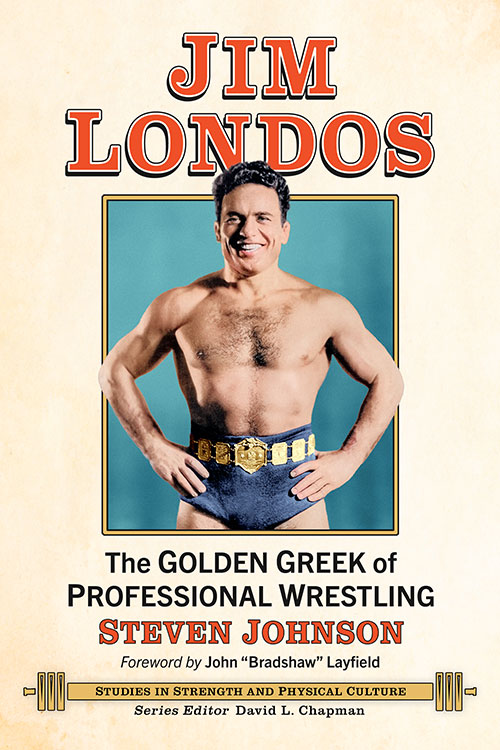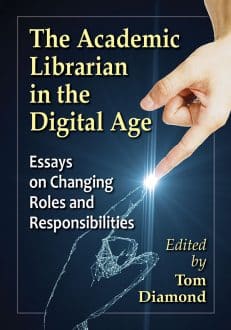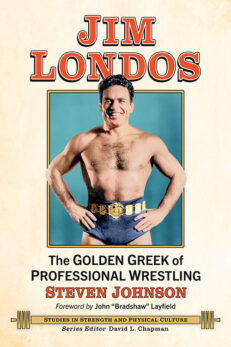Jim Londos
The Golden Greek of Professional Wrestling
$39.95
In stock
About the Book
The most famous active athlete in the world during the Great Depression was not Babe Ruth, Sonja Henie or Babe Didrikson. It was a determined Greek immigrant who sailed across the Atlantic Ocean as a 15-year-old to escape a demanding father and start a life abroad. Jim Londos slept in railcars and firehouses to make ends meet and quickly found refuge on the mat.
Combining an Old World work ethic with a flair for the dramatic, Londos overcame skeptics and antagonists to become pro wrestling’s greatest star, an international celebrity who walked with presidents, prime ministers and the common man. He was responsible for keeping wrestling alive during the Depression and representing achievement to ethnic minorities, underdogs and women, all of whom he attracted in record numbers. This complete biography of Jim Londos tells the story of the first great immigrant athlete, a man who rescued the soiled sport of wrestling when it was down for the count, and brought hope and inspiration to his countrymen and millions worldwide.
About the Author(s)
Bibliographic Details
Steven Johnson. Series Editor David L. Chapman
Format: softcover (6 x 9)
Pages: 244
Bibliographic Info: 51 photos, notes, bibliography, index
Copyright Date: 2025
pISBN: 978-1-4766-9687-4
eISBN: 978-1-4766-5480-5
Imprint: McFarland
Series: Studies in Strength and Physical Culture
Table of Contents
Acknowledgments vii
Foreword by John “Bradshaw” Layfield 1
Introduction 5
1. The First WrestleMania 9
2. The Patris 20
3. Coming of Age 31
4. Identity Crisis 44
5. The Strangler and Other Friends 55
6. Promotional Considerations 67
7. Great Expectations 80
8. Waiting Game 94
9. Explosion 108
10. Champion or Chattel? 124
11. Match of the Century 140
12. Wrestler to the World 155
13. Lemons and Avocados 169
14. Culture Clash 183
15. American Iliad 191
Chapter Notes 201
Bibliography 223
Index 229
Book Reviews & Awards
• “A compelling biography that delves into the extraordinary life of a legendary athlete. … Beyond a mere wrestling biography, Jim Londos: The Golden Greek of Professional Wrestling offers a fascinating glimpse into the world of professional wrestling in the 1920s and 1930s. It explores the societal and cultural factors that contributed to the sport’s popularity and examines the challenges faced by immigrants in America during that era. …a must-read for wrestling fans, history buffs, and anyone interested in the American Dream.”—Greek City Times
• “Jim Londos’ journey from struggling immigrant to wrestling icon and compassionate philanthropist is a truly inspiring story. His blend of showmanship, unparalleled athleticism, and unwavering dedication to giving back shaped the landscape of modern wrestling and left an enduring legacy of hope. For those seeking a deeper understanding of this remarkable man’s life, Steven Johnson’s biography, Jim Londos: The Golden Greek of Professional Wrestling, provides a comprehensive and compelling account.”—Cosmos Philly
• “Jim Londos: The Golden Greek of Professional Wrestling is a captivating read on many levels, and the title does not do it justice. From the perspective of a Greek-American and grandson of Greek immigrants, this is not a tale of athletic accomplishments. It is actually a recitation of the American Dream and a sociological study of how accomplishments in a field, such as athletics, can assist an ethnic immigrant group assimilate; in this case, the Greek-American immigrant of the first half of the 20th century. Steve Johnson captures not only the greatness and athletic achievements of an iconic athlete, but also wonderfully weaves such into the much bigger tapestry, the transformation of American life and the acceptance of ‘others’ into our mainstream. Well-done!”—Gregory J. Stamos, attorney and chairman, American Hellenic Educational Progressive Association Athletic Hall of Fame
• “There have been Nature Boys and Hulks, Stone Colds and Rocks—but only once in history has a wrestler been the most popular athlete on Earth, and his name was Jim Londos. Steven Johnson has written a meticulously researched masterwork on the man who rose from being one of a sea of faceless immigrants into one of the most famous faces in the world, while at the same time transforming pro wrestling from its gritty roots into entertainment for the masses. This is an important work on an important figure in American sports.”—Jim Cornette, author, podcaster, wrestling manager/producer/booker, The Jim Cornette Experience
• “Being of Greek heritage, I was keenly interested in Steve Johnson’s new book on ‘The Golden Greek’ Jim Londos. Johnson’s fascinating portrait of pro wrestling’s biggest box office attraction exceeded even my lofty expectations. His meticulous research and colorful account not only capture the spirit of Londos and his native country, but make a strong case for this revolutionary performer being one of the sport’s most influential figures.”—Mike Mooneyham, columnist, Post and Courier, author, The Final Bell, co-author, Sex, Lies and Headlocks
• “With unparalleled reporting and wonderful detail, Steve Johnson makes a convincing case that Jim Londos was not only the most important professional wrestler in history, but one of the most important figures on the American sports landscape. Londos was the original babyface, handsome, clean-cut and well-built, with preternatural athletic and dramatic abilities. In an age of behemoths, he stood only 5-8 and weighed 200 pounds, but he outdid them all. He saved pro wrestling from ruin and set the template that is followed to this day. Johnson deftly tells the riveting story of this remarkable immigrant who set out from Greece at age 15 to seize the American Dream and waged an epic rivalry with Ed ‘Strangler’ Lewis for wrestling’s ultimate crown. More than a wrestling book, this is a quintessential American story.”—Jeff Leen, author, The Queen of the Ring, retired Washington Post assistant managing editor for investigations
• “Jim Londos was one of pro wrestling’s greatest attractions, while also being one of the least understood and discussed among stars of his stature. That’s why I was excited to hear Steve Johnson was tackling his story. The Golden Greek unpacks his colorful life’s tale and how it fit into a wrestling world filled with ambitious rivals and manipulative promoters. It’s a great read and my hope is that it contributes to a greater awareness of the Greek-American icon.”—Todd Martin, VIP analyst, Pro Wrestling Torch
• “It’s worth noting that there was a staggering amount of research required to put together a book on the life and career of a man who rose to popularity during the first half of the twentieth century, and author Steven Johnson was more than up to the task…. fascinating … I could go on and on about everything I learned here, but I would just have to reprint the book in this review. I love the chance to explore either bygone eras or subjects in which I have little to no knowledge and this book ticks both boxes.”—Post Wrestling






